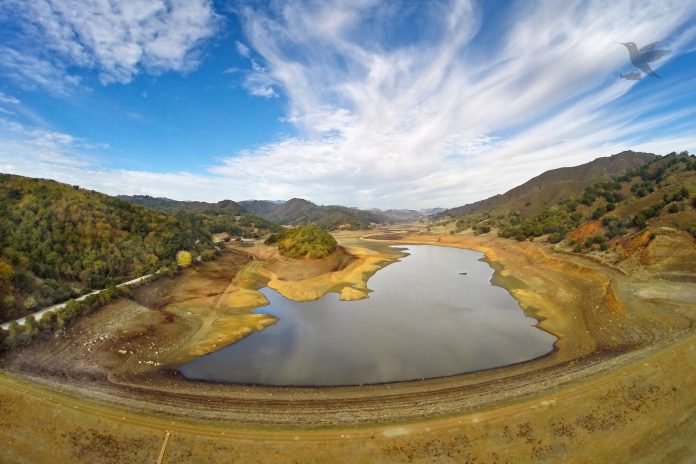GILROY—The State Water Resources Control Board has ordered Gilroy to cut its water use by 24 percent to help meet a 25 percent statewide cut by year’s end.
The move came as the board Wednesday adopted conservation goals for 411 water suppliers, including Gilroy, Morgan Hill and Hollister, told to cut consumption by 8 to 36 percent.
Communities that used more water per-capita, per-day in residential areas, based were assigned a much higher bar to clear.
Morgan Hill must cut 28 percent, while Hollister needs a 20 percent reduction, according to the regulations.
The mandates come on the heels of Governor Jerry Brown’s April 1 executive order calling for a 25 percent cut in state water use compared to 2013. That translates into a savings of 1.2 million acre-feet of water—the equivalent of 1.2 million acres of land covered in a foot of water.
For Gilroy, it means residents cannot use more than 76 percent of the water consumed in 2013.
“We are leaving it up to each water supplier to determine whether to pursue additional conservation programs for non-residential customers, such as restrictions on outdoor irrigation,” Water Board Senior Staff Scientist Max Gonberg said in a conference call with reporters. “We’re not trying to usurp everything governments have choices about.”
While there is some freedom in how water suppliers achieve the state-mandated goal, the hammer could come down if they don’t succeed in reining in water use. Gilroy and the state’s other water suppliers are required to submit monthly reports on conservation efforts. The new regulations take effect June 1 and the first reports are due July 1.
Brown has been pushing legislation that, if approved, would allow water suppliers to issue steep fines of up to $10,000 per infraction. As it stands now, fines for water waste cannot exceed $500 per day.
To date, Gilroy has reduced its water use by 14 percent compared to benchmark 2013 levels, according to city officials.
No fines have been issued since the Gilroy City Council enacted emergency water restrictions in August 2014, Operations Manager David Stubchaer told the Dispatch. On the other hand, 120 courtesy notices have been delivered to those not in compliance with the water restrictions—mainly for irrigation issues like leaky pipes, he said.
“They are like a friendly warning,” Stubchaer said. Each notice indicated which part of the city ordinance the person violated and included a link to the full text of the ordinance. Inserts about conservation efforts also were sent with water bills, he said.
But voluntary efforts across the Golden State have not demonstrated enough water savings, according to Water Board Chair Felicia Marcus.
Between June 2014 and February 2015, the state conserved 9 percent, she said, advocating stepped up conservation efforts by residents and water suppliers.
“We recognize the challenge, but collectively it is achievable,” Marcus said. “We need to take action now…in case (the drought) lasts longer. It’s better to be safer than sorrier in the face of uncertainty.”
Also inside Brown’s executive order is a prohibition on the installation of irrigation systems that use potable water for outdoor landscapes in “newly constructed homes” that don’t use drip or microspray.
Reducing potable water use in outdoor landscaping, particularly during the summer, is one of the biggest opportunities for savings, Marcus told the Dispatch.
The following actions are prohibited:
• Using potable water to wash sidewalks and driveways
• Allowing runoff when irrigating with potable water
• Washing a car with a hose without a shut-off nozzle
• Potable water use in non-recirculating decorative water features
• Outdoors watering during and within 48 hours of measurable rainfall
• No water service in restaurants unless requested
• Watering with potable water more than three day a week
• Use of potable water to irrigate public street medians and new homes landscaping.
Source: Gilroy City Ordinance No. 2014-11 and Calif. Executive Order













